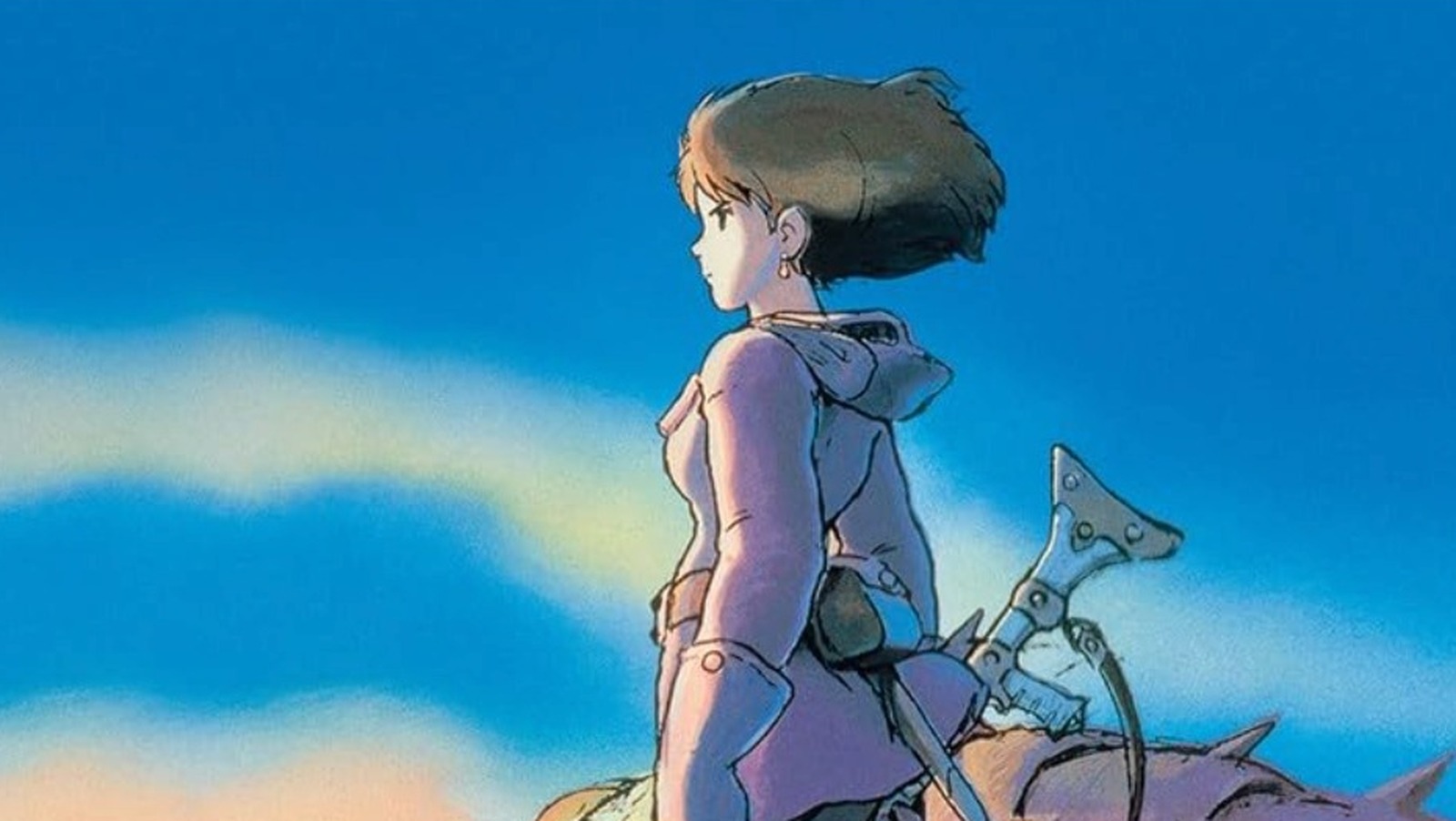
The impact of “Nausicaä” on the anime industry is not confined to Studio Ghibli. It also made the career of Hideaki Anno, future creator of “Neon Genesis Evangelion,” who animated the scene near the film’s end of the God Warrior coming to life and melting into nothingness.
As chronicled in mini-documentary “The Birth of Studio Ghibli,” “Nausicaä” was falling behind its production schedule. So, Suzuki put out an ad in Animage calling for more animators to apply. Anno was one of them and his portfolio impressed Miyazaki so much that he gave him the arduous task of animating the God Warrior.
Later in 1984, Anno co-founded the studio Gainax. That was the studio where he directed “Gunbuster,” “Nadia: The Secret of Blue Water” (co-created with Miyazaki), and ultimately “Evangelion” in 1995. The impact of that series, even almost 30 years later, can’t be understated. Anno left Gainax in 2006 to found a new studio, Khara, and took “Evangelion” with him. After being hollowed out in the 2010s, Gainax recently went bankrupt in May 2024 — but that’s a story for another time.
Anno wasn’t the only wiz kid in Gainax’s employ, though. Other classics in the studio’s catalog also includes “FLCL” (forget the sequels) and “Gurren Lagann.” The latter’s creator, Hiroyuki Imaishi, helped co-found his own studio, Trigger, that’s worked on everything from anime features like “Promare” to an episode of “Star Wars: Visions.” Miyazaki and Ghibli can be seen as the artistic grandparent of Trigger.
So, how do Anno’s contributions to “Nausicaä” fit in with his body of work? The giant God Warriors in “Nausicaä” (and the robots of Laputa) are humanoid WMDs; of course humanity would build the vehicle of its destruction in its own image. Anno would explore this theme again in “Evangelion,” a series where humans, their mecha defenders, and kaiju attackers are born from a common seed.


Leave a Reply